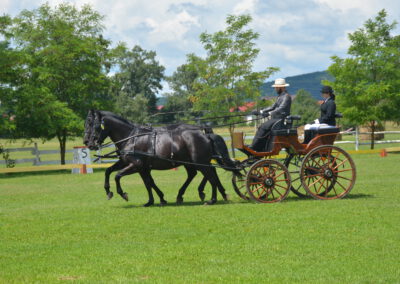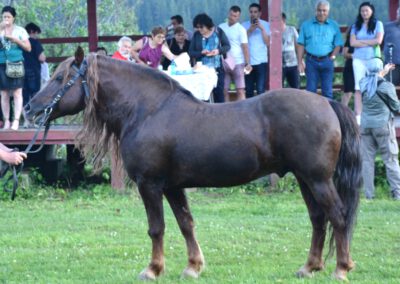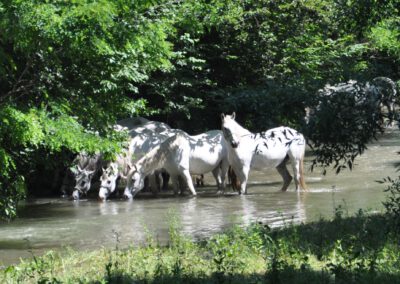Romanian State Studs/Romsilva
Romania
THE STATE STUD FARMS – SISTEM IN ROMANIA
– A CULTURAL HERITAGE OF EUROPEAN IMPORTANCE
National Forestry Administration – Romsilva, a sound institutional framework to enhance the conservation and sustainable use of the equine genetic resources in Romania
The Romanian State Studs are managed since 2002 by the National Forestry Administration – Romsilva trough the Horse Husbandry and Breeding Department.
Romanian State Studs/Romsilva
Str. Petricani, nr. 9A, Sector 2
023841 Bucharest
Romania
Currently, the system is structured in 14 studs and 4 stallions depots, which are technically subordinate to the Horse Breeding Direction of the National Forestry Administration – Romsilva. The State Studs/ Studfarms (herghelii de stat) in Romania are elite farms whose role is to provide an optimal management of the genetic equine patrimony, by continuous genetic improvement of the cultural breeds, and the conservation of the vulnerable or endangered breeds of horses. The Stallion Depots (depozite de armăsari) are also elite farms positioned on the next lower level of the genetic ”improving pyramid” (piramida ameliorării genetice). This units are designated to multiply and transfer genetic progress achieved in the stud farms. It is a significant thing that most state studs are in charge to manage the breeding stock of pure breeds with high risk status e.g. endangered (Hutsul, Gidran, Furioso North Star, Nonius). In some cases they represent almost the entire livestock herd of pure bred in Romania. Moreover, Romanian studs are also abiding by the “Regulations for growth applied to the foundation breeds, a true cultural vestige that conserves valuable not only genes but also a living system.
The rare horse breeds were technically managed along the decades with professional responsibility. Breeding experiments were not allowed in the State Studs. In the spirit to maintain the population close to the original gene pool, the old traditional breeding methods were also maintained (preserving the sire ”bloodlines” and ”mares families”).
The national genetic patrimony breeding stock numbered then 1440 heads [570 breeding stallions (armăsari de montă publică) used in public breeding sistems / private horse breeders / owners, 122 breeding stallions / sires (armăsari pepinieri) and 748 brood mares /dams (iepe mamă)]. The strategic policy for genetic improvement (ameliorare genetică) and preservation were continued.



